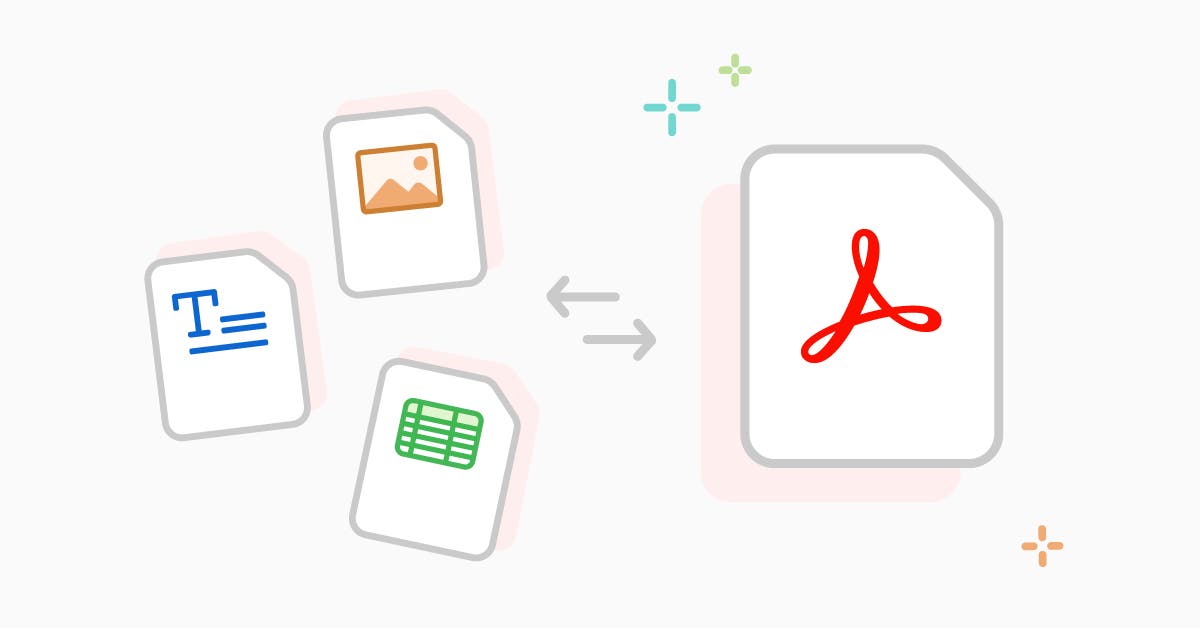Introduction
In today's digital world, PDF (Portable Document Format) files are widely used for sharing documents due to their compatibility and security. However, there are times when you need to convert PDFs into other formats like Word, Excel, or JPG for editing or sharing purposes. This guide will explore various methods to convert PDF files easily and efficiently.
Why Convert PDF Files?
1. Editability
PDFs are great for viewing but difficult to edit. Converting them to formats like DOCX or TXT allows easy modifications.
2. Compatibility
Some platforms or devices may not support PDFs, requiring conversion to a more accessible format.
3. Data Extraction
Converting PDFs to Excel (XLSX) helps extract tables and numerical data for analysis.
4. Sharing & Printing
Converting PDFs to images (JPG/PNG) makes them easier to share on social media or embed in presentations.
Best Methods to Convert PDF Files
1. Using Online PDF Converters
Online tools are the quickest way to convert PDFs without installing software.
Top Online PDF Converters:
- Smallpdf – Supports multiple formats (Word, Excel, PPT, JPG).
- iLovePDF – Offers batch conversion and OCR (Optical Character Recognition).
- PDF2Go – Allows cloud storage integration (Google Drive, Dropbox).
Steps to Convert PDF Online:
- Go to an online PDF converter website.
- Upload your PDF file.
- Select the desired output format (e.g., Word, Excel).
- Click "Convert" and download the file.
Pros: ✔ No software installation required. ✔ Works on any device with internet. Cons: ✖ Limited file size on free versions. ✖ Privacy concerns with sensitive documents.
2. Using Desktop Software
For frequent conversions, desktop applications provide better security and offline access.
Best PDF Conversion Software:
- Adobe Acrobat Pro – Most reliable for high-quality conversions.
- Nitro PDF – Great for business use with advanced editing.
- Foxit PhantomPDF – Lightweight and fast.
Steps to Convert PDF with Adobe Acrobat:
- Open the PDF in Adobe Acrobat.
- Click "Export PDF" in the right pane.
- Choose the output format (Word, Excel, etc.).
- Click "Export" and save the file.
Pros: ✔ High accuracy in formatting. ✔ Batch processing available. Cons: ✖ Paid software (free trials available). ✖ Requires installation.
3. Using Mobile Apps
Smartphone apps allow PDF conversion on the go.
Top Mobile PDF Converters:
- CamScanner – Scans and converts documents.
- Adobe Scan – Free with OCR support.
- PDF Converter Pro (iOS/Android) – Converts to multiple formats.
Steps to Convert PDF on Mobile:
- Install a PDF converter app.
- Upload the PDF from your phone or cloud storage.
- Select the output format.
- Download or share the converted file.
Pros: ✔ Convenient for quick conversions. ✔ Works with cloud storage. Cons: ✖ Limited features in free versions. ✖ Smaller screens make editing harder.
4. Using Command-Line Tools (For Developers)
Tech-savvy users can automate PDF conversion using command-line tools.
Popular CLI Tools:
- pdftotext (Linux/Windows) – Extracts text from PDFs.
- Ghostscript – Converts PDF to images (JPG/PNG).
- Pandoc – Converts PDF to Markdown, HTML, etc.
Example Command (pdftotext):
bash
Copy
pdftotext input.pdf output.txt
Pros: ✔ Automates batch conversions. ✔ No GUI needed (good for servers). Cons: ✖ Requires technical knowledge. ✖ Limited formatting control.
Tips for Efficient PDF Conversion
1. Use OCR for Scanned PDFs
If your PDF is image-based, OCR (Optical Character Recognition) tools like Adobe Scan or OnlineOCR can extract editable text.
2. Check Formatting After Conversion
Some conversions may alter layouts. Always review the output file before finalizing.
3. Compress Large PDFs Before Conversion
Large files slow down conversion. Use tools like PDF Compressor to reduce size first.
4. Use Batch Conversion for Multiple Files
Tools like Adobe Acrobat Pro or Nitro PDF allow converting multiple PDFs at once.
5. Secure Sensitive Data
Avoid using untrusted online tools for confidential files. Use offline software instead.
Conclusion
Converting PDFs doesn’t have to be complicated. Whether you use online tools, desktop software, mobile apps, or command-line utilities, there’s a method for every need. For best results, choose a tool based on security, format support, and ease of use.

